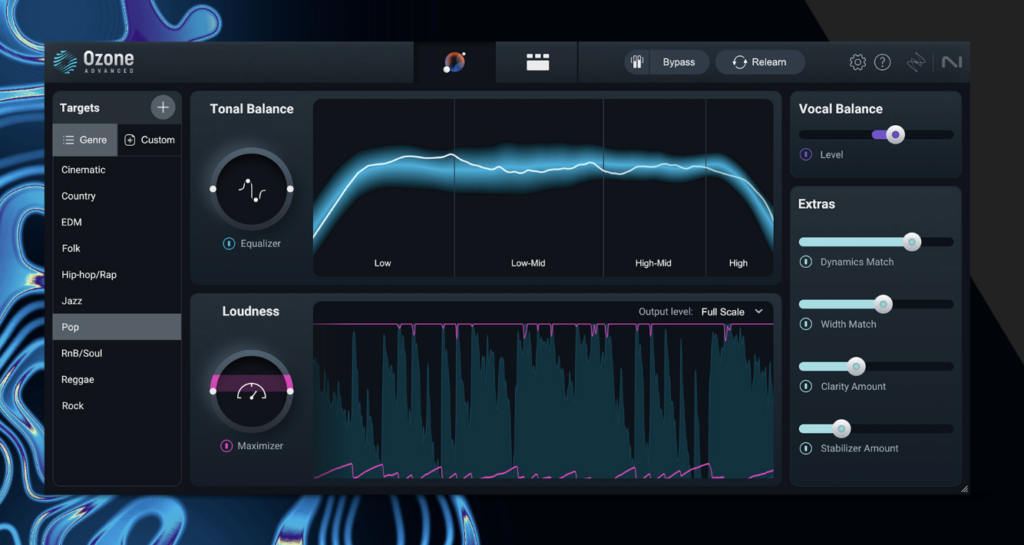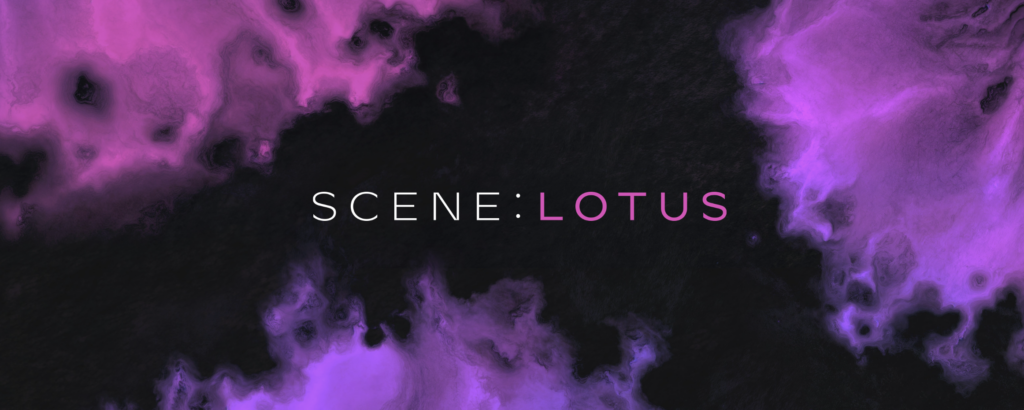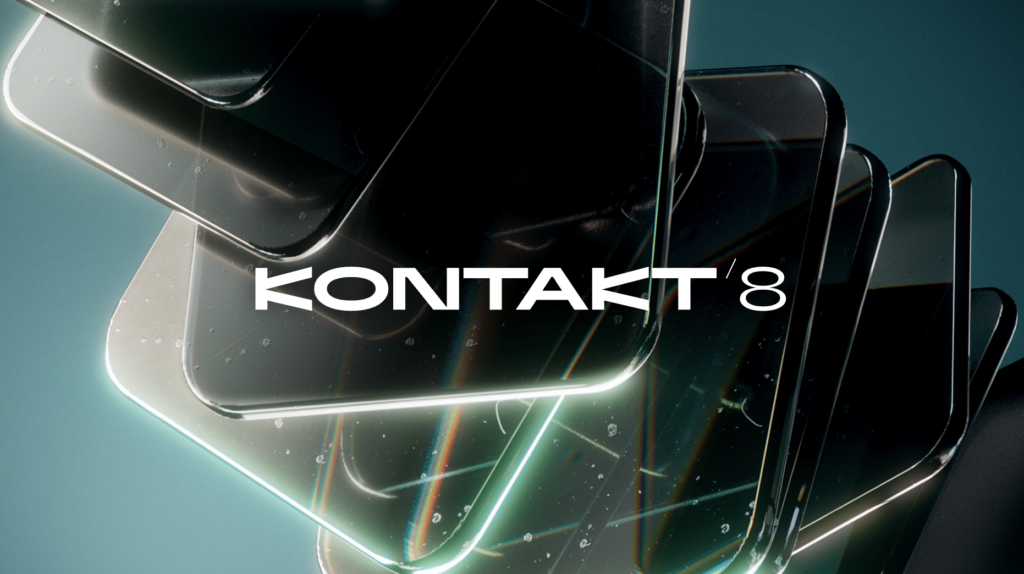Key Takeaways – Ozone 11 review
- Ozone 11 review: Master Rebalance is a standout feature that allows adjusting elements of an already mastered track
- The AI Assistant makes professional-level mastering accessible to beginners without sacrificing quality
- Ozone 11 offers exceptional sound quality with 64-bit processing for pristine audio clarity
- Three different versions (Elements, Standard, Advanced) accommodate various skill levels and budgets
- The intuitive interface strikes an excellent balance between powerful functionality and user-friendliness
Introduction
In the high-stakes world of music production, mastering isn’t just a final polish—it’s the transformative step that can elevate a good track into something extraordinary. iZotope Ozone 11 has established itself as the go-to mastering suite for professionals and ambitious amateurs alike, and for good reason.
I’ve spent considerable time with Ozone 11, pushing it through various scenarios that mastering engineers face daily. What strikes me immediately is how this software manages to be both deeply technical and remarkably approachable. The latest iteration builds on iZotope’s reputation for excellence while introducing genuinely useful innovations.
Whether you’re a mastering veteran with decades of experience or a bedroom producer trying to give your tracks that professional sheen, Ozone 11 offers tools that adapt to your workflow and experience level. But does it justify its premium price tag? And how does it stack up against competitors in this crowded market? Let’s dive in.
What is iZotope Ozone 11?
At its core, Ozone 11 represents the evolution of iZotope’s flagship mastering software. This isn’t just an incremental update—it’s a comprehensive mastering environment that combines precision tools with intelligent automation.
What sets Ozone 11 apart is its dual approach to mastering. On one hand, it offers meticulous control for those who know exactly what they’re after. On the other, it provides AI-driven assistance that can guide less experienced users toward professional results. This balance makes it uniquely versatile.
The software builds on previous versions with significant enhancements to key features. The Master Rebalance function now offers more nuanced control. The Tone Balancer has become more intelligent in its suggestions. And the AI Assistant continues to evolve, learning from professional mastering techniques to offer increasingly relevant recommendations.
Ozone 11 integrates seamlessly with most DAWs as a plugin. But it also functions as a standalone application, allowing you to master finalized tracks without opening your production software. This flexibility has made it a favorite among mastering engineers who need efficiency without compromising quality.
ALSO: Top 18 Must-read books for Musicians: Master Creativity, Business, and Growth
Key Features
Ozone 11’s feature set is impressively comprehensive, combining traditional mastering tools with innovative technologies. At the forefront is the Master Rebalance tool—a game-changer that allows you to adjust vocals, bass, and other elements after the mix has been finalized. Anyone who’s ever received a mix with slightly buried vocals will immediately appreciate this feature.
The Tone Balancer stands as another highlight, automatically analyzing and correcting frequency imbalances across your track. This tool is particularly valuable when working with material that sounds great in your studio but needs to translate well across various playback systems.
Ozone’s AI Assistant continues to evolve in version 11, offering mastering suggestions that genuinely rival human expertise. It analyzes your track, compares it to reference material in your genre, and suggests processing chains that enhance rather than overwhelm your mix.
The advanced processing modules form the backbone of Ozone 11. These include precision equalizers, multiband dynamics processors, stereo imaging tools, and harmonic exciters. Each module offers both surgical precision and musical character when needed.
What impresses me most is how these features work together in a cohesive ecosystem. You can start with AI recommendations, then refine specific elements with the specialized modules. This workflow flexibility accommodates both quick results and detailed mastering sessions.

Sound Quality
When it comes to sound quality, Ozone 11 leaves little to be desired. The 64-bit processing ensures that even the most subtle adjustments maintain complete transparency. This precision is crucial for mastering, where small changes can dramatically impact the final product.
I’ve tested Ozone 11 across various musical genres, from delicate acoustic recordings to aggressive electronic productions. In each case, the software preserved the essential character of the material while enhancing clarity and impact. There’s no telltale “processed” sound that plagues lesser mastering tools.
The Master Rebalance feature deserves special attention for its ability to isolate and adjust elements without introducing artifacts. Being able to boost vocals by 1.5dB without affecting surrounding instruments is nothing short of remarkable. This technology has saved countless tracks from needing a complete remix.
The Tone Balancer similarly impresses with its intelligent approach to frequency management. Rather than applying generic EQ curves, it analyzes your specific material and makes targeted adjustments. The result sounds natural and balanced, never processed or artificial.
What really sets Ozone 11 apart is how these high-quality processors complement each other. Each module has been designed to work harmoniously with the others, creating a mastering chain that enhances your music without fighting itself. This integration results in masters that sound polished and professional without losing their original character.
ALSO: Claire Piano VST Review
User Interface and Usability
Ozone 11’s interface strikes an impressive balance between comprehensive functionality and intuitive design. The visual layout provides clear feedback about what you’re hearing, with spectrum analyzers and metering that give you confidence in your decisions.
The workflow follows a logical progression from left to right, mirroring the typical mastering process. New users will appreciate how this design guides them through each step. More experienced engineers can easily rearrange modules to create custom signal paths for specific mastering challenges.
The drag-and-drop functionality makes complex routing simple. Need to change the order of your processing chain? Just drag a module to its new position. Want to A/B test different processing configurations? The compare function makes this effortless.
Customizable settings abound throughout Ozone 11. The EQ offers various modes from surgical digital precision to vintage analog character. The dynamics processors include multiple compression algorithms to suit different material. The Imager provides nuanced control over stereo width at specific frequency ranges.
Perhaps most useful for working engineers are the presets and profiles. These aren’t just generic starting points—they’re thoughtfully designed templates for specific genres and mastering scenarios. They provide an excellent foundation that you can customize for your specific project.
The visual feedback in Ozone 11 deserves special mention. The spectrum analyzers, level meters, and stereo imaging displays aren’t just visually appealing—they provide actionable information that helps you make better mastering decisions. This visual guidance is invaluable, especially when working in less-than-ideal monitoring environments.
Performance and System Requirements
In terms of performance, Ozone 11 shows impressive optimization considering its processing power. On a modern system, it runs smoothly without excessive CPU drain, even with multiple modules active. This efficiency matters when you’re working on lengthy mastering sessions where stability is crucial.
System compatibility is comprehensive, with support for both Windows and macOS platforms. The software integrates seamlessly with all major DAWs through VST, AU, and AAX plugin formats. This universal compatibility makes it a reliable choice regardless of your preferred production environment.
For optimal performance, iZotope recommends at least 16GB of RAM and a multi-core processor. While the software will run on more modest systems, you may need to freeze tracks or bounce to audio when working with complex projects. The return on this hardware investment is worthwhile if mastering is a regular part of your workflow.
Latency remains impressively low throughout most modules, allowing for real-time adjustments without playback issues. This responsiveness is particularly valuable when making subtle changes where immediate feedback is essential. Even the more CPU-intensive modules like the Linear Phase EQ have been optimized for better performance in this version.
Stability has been excellent in my testing, with no crashes or glitches even during extended mastering sessions. This reliability is crucial for professional environments where deadlines leave no room for technical problems. iZotope clearly prioritizes stable performance alongside innovative features.

Different Versions of Ozone 11: Elements, Standard, and Advanced
iZotope offers Ozone 11 in three distinct tiers, each catering to different needs and budgets. Understanding these differences helps ensure you invest in the version that best suits your specific requirements.
Ozone 11 Elements serves as the entry point, priced at approximately $129 (though often available at steep discounts during promotions). Despite being the most affordable option, Elements includes remarkably powerful tools. The AI Assistant provides intelligent mastering suggestions that rival much more expensive solutions. The EQ Match feature lets you emulate the tonal balance of professional references. The Maximizer ensures your tracks reach competitive loudness without sacrificing quality.
Ozone 11 Standard steps up to approximately $249, adding several professional-grade features. The Master Rebalance tool alone justifies the price difference for many users, allowing post-mix adjustments that were previously impossible. The Tone Balancer provides intelligent spectral balancing that adapts to your specific material. The expanded module selection includes vintage processors that add character and warmth when desired.
Ozone 11 Advanced represents the flagship version at approximately $499. This tier adds specialized tools like the Linear Phase EQ and Multiband Dynamics processors that are essential for certain mastering scenarios. The advanced routing options allow for parallel processing and complex signal chains. Perhaps most significantly, Advanced includes the standalone application, letting you master outside your DAW environment.
The tiered approach is thoughtful, allowing users to start with Elements and upgrade as their skills and needs evolve. Each version provides excellent value within its price category. For most independent producers, Standard hits the sweet spot between affordability and professional features. For mastering specialists, Advanced quickly pays for itself through increased capabilities and workflow efficiency.
Pros and Cons
Pros
- Exceptional sound quality with transparent processing and musical character when needed
- Master Rebalance provides unprecedented control over already-mixed material
- Tone Balancer intelligently corrects frequency issues while respecting musical intent
- AI Assistant offers genuinely useful suggestions that speed up the mastering process
- Intuitive interface balances comprehensive features with accessible workflow
- Tiered pricing options accommodate different budgets and skill levels
- Reliable performance with optimization for modern production systems
Cons
- Premium pricing puts it beyond reach for some beginner producers
- Learning curve for advanced features requires time investment
- CPU demands can challenge older systems when using multiple modules
- Some specialty features reserved exclusively for the Advanced version
- Can encourage overprocessing in inexperienced hands despite its intelligent assistance
Comparison with Competing Mastering Suites
When comparing Ozone 11 to competitors like Waves Abbey Road TG Mastering Chain, the differences become instructive. Waves excels at authentic analog emulation, delivering that coveted vintage warmth that works beautifully on certain material. However, Ozone 11 offers significantly more flexibility and precision, especially with features like Master Rebalance that have no equivalent in the Waves ecosystem.
FabFilter Pro-L 2 represents another strong competitor, particularly known for its transparent limiting capabilities. While Pro-L 2 may edge out Ozone’s limiter in certain extreme scenarios, it’s a single-purpose tool. Ozone 11 provides a complete mastering environment, making it the more versatile choice for comprehensive mastering work.
ALSO: FabFilter Pro Q4 Review
The real strength of Ozone 11 in this competitive landscape is its balance of depth and accessibility. Where some competitors either overwhelm with options or oversimplify to the point of limitation, Ozone manages to be both powerful and approachable. The AI assistance serves as an excellent bridge between novice and professional capabilities.
From a value perspective, Ozone 11’s different tiers allow it to compete at multiple price points. While the full Advanced version represents a significant investment, it delivers capabilities that would cost considerably more if purchased as separate specialized tools.
Who Should Use Ozone 11?
Ozone 11 serves a remarkably diverse user base, though its ideal users fall into several clear categories. Professional mastering engineers will appreciate the precision tools, advanced routing options, and reference matching capabilities. The ability to save and recall complex processing chains streamlines workflow in commercial mastering environments.
Mixing engineers looking to deliver masters alongside mixes will find invaluable tools in Ozone 11. The Master Rebalance and Tone Balancer allow for quick adjustments that would otherwise require returning to the mix stage. This flexibility can save hours of work when deadlines loom.
Sound designers and post-production professionals benefit from Ozone’s precise spectral tools and character processors. The ability to enhance specific frequency ranges without affecting others proves particularly useful when working with dialogue and sound effects.
Perhaps most importantly, independent and DIY producers will find Ozone 11 transforms their mastering results. The AI Assistant and intuitive interface make professional-quality mastering accessible without years of specialized training. For musicians releasing their own material, this accessibility translates directly to more competitive-sounding releases.
The tiered versions ensure that users at different stages can find an appropriate entry point. A bedroom producer might start with Elements, while a small studio would benefit most from Standard. Dedicated mastering facilities will likely consider Advanced essential for their daily work.
Conclusion
iZotope Ozone 11 represents the current state of the art in mastering software, balancing innovation and tradition in a package that serves both veterans and newcomers. Its standout features—Master Rebalance, Tone Balancer, and the evolving AI Assistant—solve real problems that mastering engineers face daily.
What impresses me most about Ozone 11 is how it manages to be both technically sophisticated and creatively inspiring. The software removes technical barriers while encouraging musical decisions. This balance makes mastering more accessible without dumbing down the process.
The tiered pricing structure ensures that users can find a version that fits their needs and budget. While the full Advanced version represents a significant investment, each tier delivers excellent value relative to its capabilities. For many producers, this software will prove to be one of their most important tools.
Is Ozone 11 perfect? No software is. The learning curve remains steep for its most advanced features, and the premium pricing puts it beyond reach for some beginners. But for those who take mastering seriously—whether as professionals or dedicated amateurs—Ozone 11 delivers capabilities that were unimaginable just a few years ago.
In a production landscape where mastering often makes the difference between professional and amateur results, Ozone 11 stands as an investment that directly improves the quality of your music. For anyone serious about their sound, it’s a tool worth considering.



